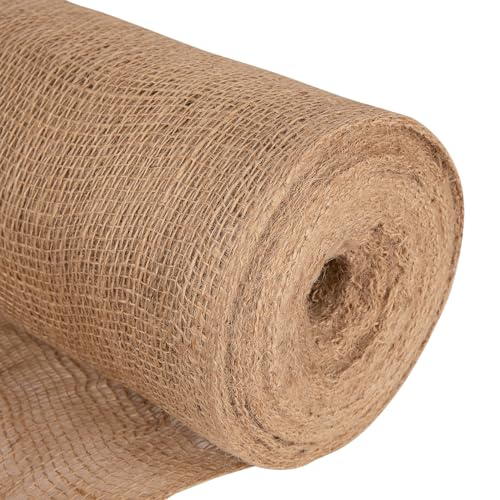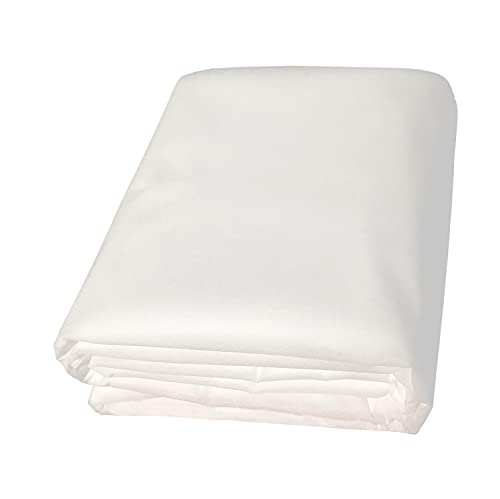How to overwinter fuchsias – even tender varieties can survive the colder months with the right know-how
Here's your guide to overwintering fuchsias


Fuchsia is one of my favourite flowering shrubs. To me, the dainty pendant-shaped blooms resemble fairies. But with the colder weather on the way, it's a good idea to learn how to overwinter fuchsias to help them survive until the next growing season.
But what is overwintering, exactly? And do you need to overwinter every type of fuchsia?
Well, fuchsias fall into one of several categories: hardy, half-hardy and tender. While hardy types can generally withstand lower temperatures, you'll definitely want to protect potted half-hardy and tender varieties by moving them inside before the first frost if you want them to survive the winter months.
Providing hardy plants with a little frost protection won't hurt, either – especially if you're in a frost pocket.
If you finally learned how to prune fuchsias this year, don't let your efforts go to waste just because the summer is behind us – here's how to overwinter fuchsias to help them survive the colder months.

When to overwinter fuchsias
First of all, you'll need to work out the best time to overwinter fuchsias. You can start preparing them for winter from the end of September, but as long as you do so before the first frosts arrive, your plants should be safe.
'We recommend overwintering your fuchsias before the first frost hits, which normally happens in late autumn when nighttime temperatures start to fall below 10°C,' says Josh Novell, gardening expert at Polhill Garden Centre. 'It is important to get them settled into their winter spot before freezing temperatures can start to cause damage.'
Sign up to our newsletter for style inspiration, real homes, project and garden advice and shopping know-how
Josh has over six years' worth of experience in the outdoor gardening and living industry, helping customers at Polhill Garden Centre select the perfect products or right solution for their gardening needs.

How to overwinter fuchsias
If you're wondering how to overwinter fuchsias in pots, the best option is to move them under cover before the first frosts arrive.
'Half-hardy and tender potted fuchsias can be brought into a greenhouse, cold frame, conservatory, bright shed or garage to overwinter,' says Morris Hankinson, founder of Hopes Grove Nurseries.
Although potted fuchsias need less watering during the winter months – just make sure the soil doesn't completely dry out – there are other ways you can give them a little TLC before overwintering.
'Trimming your fuchsias before winter will help them to conserve energy,' explains Josh from Polhill Garden Centre. 'Cut them back by between one-third and one-half, making sure to remove any weak or scraggly branches. Avoid pruning all the way down to the base, though, as that can put stress on the plant.'

Penrhyn Castle and Gardens' Fuchsia Arch wrapped in hessian frost protection
But what about ground-planted or trained fuchsia plants that can't be moved inside? Luckily, there are other ways to protect them from the frosts.
The National Trust's Penrhyn Castle and Garden in Gwynedd, Wales, is home to an 80-metre Fuchsia Arch. Planted with Fuchsia magellanica ‘Riccartonii’, it blooms from June to August, creating a canopy of pink blooms. 'Before the first frosts, we wrap hessian netting (or similar) around the base of the plants to provide a bit of protection to the young emerging shoots,' says Gethin Crump, Penrhyn Castle's head gardener. You can also wrap plant pots in hessian or horticultural fleece to protect them from freezing temperatures.
Knowing how to protect plants with mulch will come in handy when it comes to overwintering fuchsias in the ground.
'Adding a layer of garden compost will help act as a blanket from the worst of the winter ground frosts,' says Gethin. 'We do this in spring so that the mulch can also lock in moisture in readiness for the summer weather. In spring, we add chicken manure pellets to the soil, too, to give the fuchsias a feed.'

Gethin Crump, Head Gardener for the National Trust’s Penrhyn Castle and Conwy properties, has been following a career in horticulture for more than 15 years. Gethin leads a dedicated team of gardeners who maintain a 25ha site which includes a formal ornamental Walled Garden, Bog Garden, parkland and mixed species woodland.
Overwintering essentials
FAQs
Do potted fuchsias come back every year?
Most fuchsia varieties are perennial, meaning they'll come back every year. However, if you're growing tender and half-hardy varieties, you'll need to learn how to overwinter fuchsias to help them survive the colder months. With the right care, you can enjoy the return of attractive displays year after year.
How do you keep fuchsias over the winter?
Unless you're protecting hardier varieties with fleece or hessian outdoors, you'll need to know how to care for potted fuchsias that you've moved indoors.
Luckily, the guidance is simple. 'Trim them, water them less, and make sure to keep them out of direct light,' advises Josh from Polhill Garden Centre.
Now you know how to overwinter fuchsias, you can provide your plants with the protection they need over the winter months for a fresh flurry of fairy flowers next year.

Sophie joined the Ideal Home team as Gardens Editor in June 2024. After studying English at Royal Holloway, University of London, she began writing for Grow Your Own, which spurred on her love of gardening. She's tried growing almost every vegetable under the sun, and has a soft spot for roses and dinnerplate dahlias.
As Gardens Editor, Sophie's always on the lookout for the latest garden trend. She loves sharing growing hacks for every space, from herbaceous borders to balconies.


